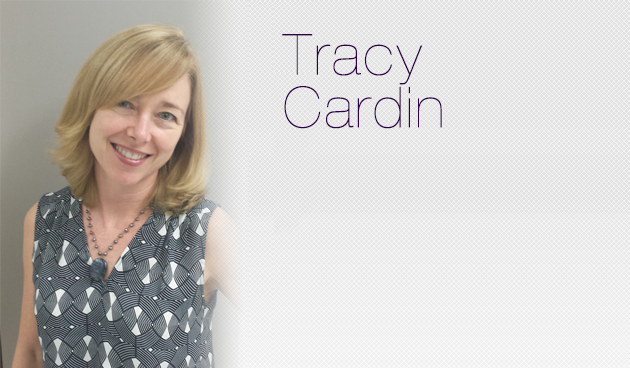A famous joke in hospital medicine is Mitch Wilson’s oft quoted statement: “When you have seen one hospitalist group you have seen one hospitalist group.” It is true that there is much variety in comparing one practice to another. Maybe that’s why our specialty has such vigor; we are constantly trying to learn from each other and decipher and decode the problems in hospital medicine. But there is definitely one commonality in hospital medicine: pressure.
We are pressured to take more patients and own more aspects of the in-hospital and post-hospital space. We are pressured to find providers, and that’s not easy to do in an environment where your neighbor might be offering more money or fewer hours to that treasured provider. This pressure on adequate and stable staffing is worsened by the shrinking reimbursements on the hospital side. A model where there is fierce competition for providers and shrinking reimbursements sounds unsustainable to me.
People have often tried to deploy NP/PA providers in hospital teams in an attempt to move the margin on costs. This seems like a decent idea. Per the 2016 State of Hospital Medicine Report, the average APP salary is $106,000, and the average physician salary is $278,000; it’s logical to think APPs would be a cost effective alternative. But when integrated into hospital medicine teams in the classic “paired rounding” model, those margins can easily melt away, especially if you count in the reduction in billing reimbursement, decreased productivity of APP providers when compared with physicians and the need for physician oversight.
It goes something like this: Decreased salary + decreased billing + physician oversight costs + decreased APP productivity = a wash. You will likely end up in a neutral position. Of course there will likely be other benefits besides just the financials to adding an APP to your practice, i.e. better patient satisfaction scores, reduction in turnover and improvement in morale.
To really start moving the needle, innovative care delivery redesign is needed. I’ve talked to many groups nationally lately who are deploying APPs in creative ways, whether that is using telemedicine to have NP providers cover patients in a critical access hospital in northern Wisconsin or utilizing APPs in a more independent model with lower acuity observation patients. I’m seeing and hearing about amazing models, but the lingering question is always about outcomes and safety.
Recently in the Journal of Clinical Outcomes, Tim Capstack’s group published an elegant example of how safe innovation can be. The study was a retrospective cohort study comparing 2 hospitalist groups at a 384-bed community hospital, one with a high PA-to-physician ratio model (“expanded PA”), with 3 physicians/3 PAs and the PAs rounding on 14 patients a day (35.73% of all visits), and the other with a low PA-to-physician ratio model (“conventional”), with 9 physicians/2 PAs and the PAs rounding on 9 patients a day (5.89% of all visits).
For 16,964 adult patients discharged by the hospitalist groups with a medical principal APR-DRG code between January 2012 and June 2013, in-hospital mortality, cost of care, readmissions, length of stay (LOS) and consultant use were analyzed using logistic regression and adjusted for age, insurance status, severity of illness and risk of mortality.
Results? No statistically significant differences were found between the 2 groups for:
- In-hospital mortality (odds ratio [OR], 0.89 [95% confidence interval {CI}, 0.66–1.19]; P = 0.42)
- Readmissions (OR, 0.95 [95% CI, 0.87–1.04]; P = 0.27)
- Length of stay (effect size 0.99 days shorter LOS in expanded PA group,95% CI, 0.97 to 1.01 days; P = 0.34)
- Consultant use (OR 1.00, 95% CI 0.94–1.07, P = 0.90)
In fact, cost of care was less in the expanded PA group (effect size 3.52% less; estimated cost $2644 vs $2724; 95% CI 2.66%–4.39%, P < 0.001), allowing the team to conclude that an expanded PA hospitalist staffing model at a community hospital provided similar outcomes with lower cost of care.
One could argue that this model may work in the community setting and may be less effective in the academic environment. But as the State of Hospital Medicine Report tells us, 82% of hospitalist groups are not in an academic center.
Something to consider to get the “pressure drop”.



Leave A Comment